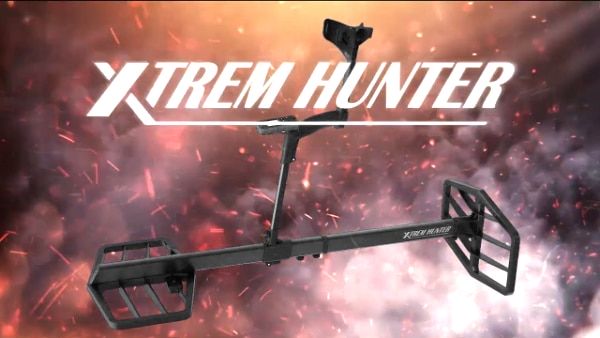The power into the ground is the same with or without All Metal enabled. The difference would be in how the received signal is processed after being received. In this regard, there is a detection difference when using All Metal or Discrimination.
There is always a trade-off with metal detectors when deploying additional features such as discrimination.
Having no discrimination, no ferrous limits and no stabilizer set combined with the lowest recovery speed will yield the greatest detection depth in perfect ground conditions. In most real ground conditions these minimal settings are not ideal and they will often need to be deployed to some extent to the optimize experience.
If your detecting environment is suitable to detect in All Metal, that would be the best option.
An alternative and widely accepted method would be to detect with the optimal settings of discrimination/FE Limits then switch to All Metal using the horseshoe to interrogate any signal response further. Likewise, engaging Pin-Point for any still ‘iffy’ targets can also yield good results when questioning the response because Pinpoint removes all post-processing and the detector works with the raw response from the coil. This can be good in identifying iron more clearly before digging.
Yes, the stabilizer does have an impact on overall detection depth and it should be used only when iron falsing is problematic. In cases where the Stabiliser function is required the trade-off of a slightly reduced detection depth is worth it as such a location would otherwise be producing so many false signals that you’d have to significantly reduce Sensitivity to detect comfortably. That reduction of Sensitivity would reduce detection depth more than enabling the Stabiliser function to run a higher Sensitivity.


